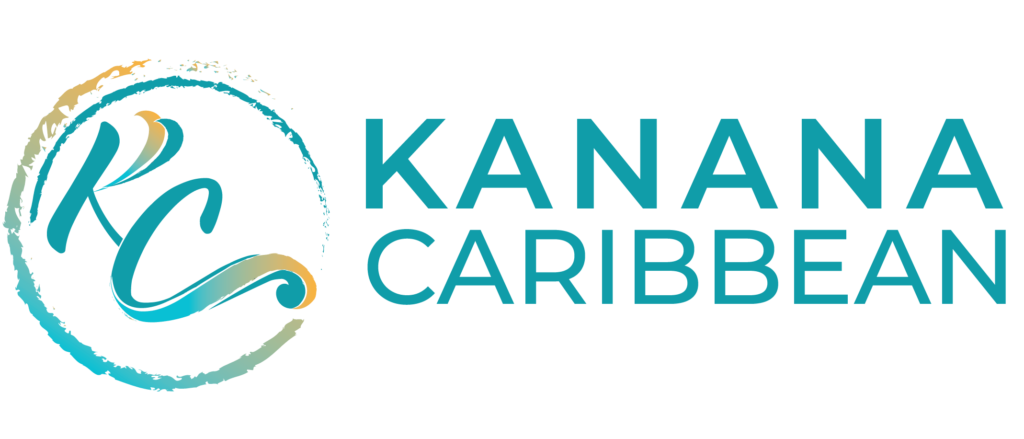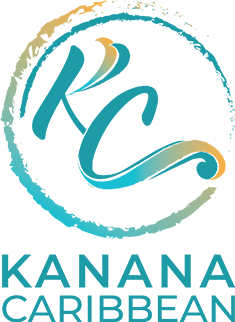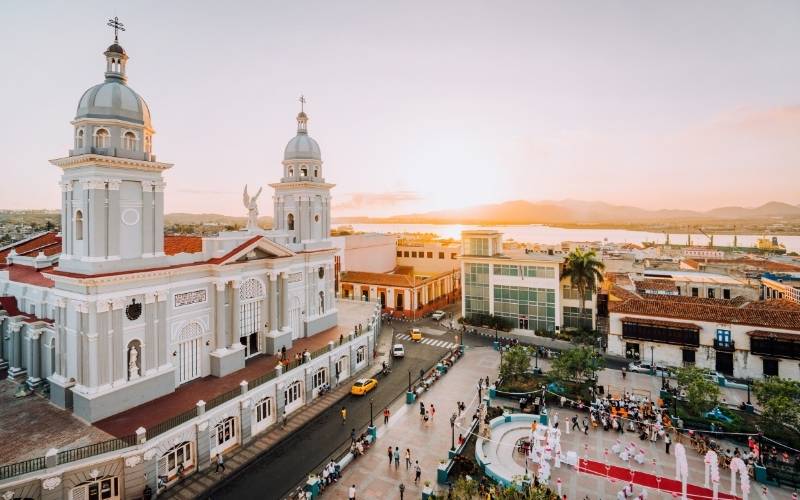
Home » The Music Culture & Heritage of Cayman Islands
The Music Culture & Heritage of Cayman Islands
The Cayman Islands is a British Overseas Territory in the Western Caribbean Sea. Grand Cayman, Cayman Brac, and Little Cayman are the three islands that make up the territory, which are located south of Cuba and northwest of Jamaica.
The Cayman Islands have low-lying terrain with coral reefs. The government is a parliamentary democracy, with the queen of the United Kingdom as the head of state and the prime minister as the head of government. The Cayman Islands are a thriving offshore financial center with a diversified economic structure.
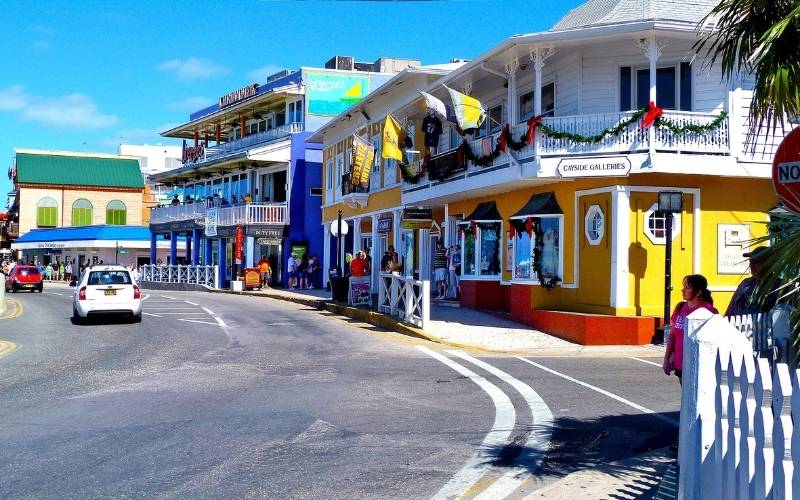
The music of the Cayman Islands, a Caribbean Island chain, encompasses a diverse range of international pop and folk influences. The Cayman National Cultural Foundation, founded in 1984, aids in preserving and promoting Cayman folk music through events such as the Cayman Islands International Storytelling Festival, Cayman JazzFest, Seafarers Festival, and Cayfest.
A Pirate’s Week Festival is also held. The Cayman JazzFest, which began in 2004, is a well-known jazz festival that celebrates the islands’ “strong connection” to jazz. “God Save the Queen” is the official national anthem of the Cayman Islands. The official national song is “Beloved Isle Cayman,” written and performed by organist Leila Ross-Shier.
A popular folk instrument is a violin. Christmas music, which consists of serenading, or group singing of Christmas songs on Christmas Eve, is a prominent aspect of the Cayman folk heritage. The fiddle, accordion, mouth organ, grater, and drums are among the instruments used.
History of Cayman Island Music
Table of Contents
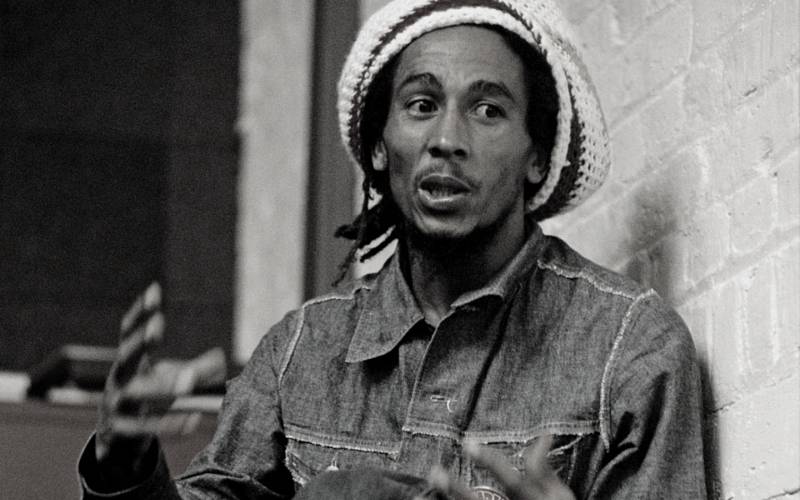
Danny Sims, the first true black music entrepreneur in the United States, led a colorful life and was the first non-Jamaican to see Bob Marley’s great worldwide potential. He was one of the biggest names in an industry known for larger-than-life characters.
With the inauguration of Sapphire, Manhattan’s first black club, he entered into the music industry. Following that, he formed a promotions company at the request of his business partner Johnny Nash (the famous Jamaican singer-songwriter and first reggae chart artist).
Danny worked with everyone from Mohammed Ali to Malcolm X and became one of the largest African-American agencies of the time. His company, Hemisphere, was responsible for all of the day’s top stars – Sammy Davis, Brook Benton, Ben E. King, Aretha Franklin, Otis Redding.
Johnny and Danny created a record (JAD Records) and publishing (Cayman Music) label in the 1960s, and both Peter Tosh and Bob Marley signed to it.
JAD Records & Cayman Music Publishing also signed Gloria Gaynor, Lloyd Price, Gil Scott-Heron, Byron Lee, Betty Wright, Gene Ludwig, Howard Tate, The Cowsills, The Coasters, and English musician Rabbit (Marley, Free, the Who). Danny and Johnny felt they had taken Bob Marley’s career as far as they could in 1972.
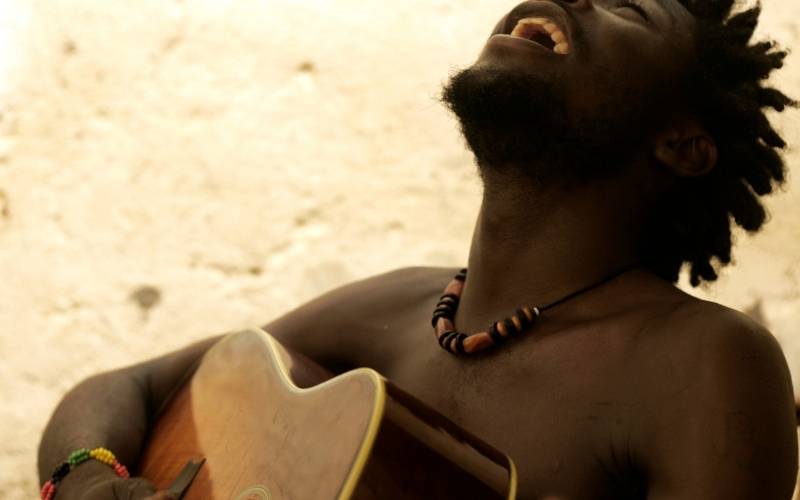
Therefore, they sold his contract to Chris Blackwell’s Island Records in order for him to be successfully promoted to the rock market that Island had formed. From 1967 through 1978, Danny continued to publish Bob Marley and Peter Tosh and had a significant effect on the songwriting vision that launched their careers.
“I guess I was his godfather – that is in the street sense – I watched out for him,” Danny recalled his friendship with Bob. Cayman still has a rare collection of songwriting rights from Bob Marley, Peter Tosh, and Bunny Wailer.
The Cayman catalog contains a plethora of easy-to-clear Master and Publishing rights spanning the golden age of reggae, 60s soul, 70s rock, 80s pop, and everything in between.
This will be the best vacation ever you will experience for yourself.
What Music is Cuba Famous For?
In Cuba, music is ubiquitous, and the following are some of the most popular genres:
Son
Son gave birth to all other forms of Cuban music. It began in the nineteenth century as a fusion of Spanish verse and chorus, as well as African vocals and drumming.
Salsa
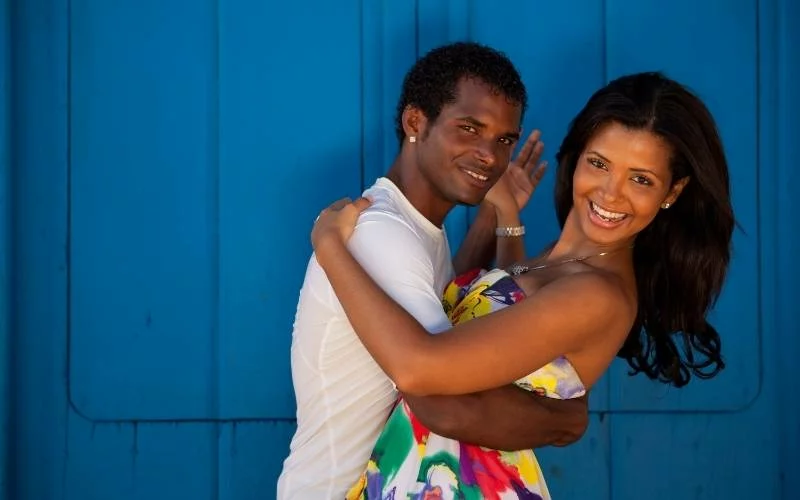
This well-known genre is descended from Cuban son, but it also incorporates elements of other forms, mainly jazz from the United States. Afro-Cuban styles, particularly rumba, have inspired salsa dancing.
Rumba
A catch-all term for various Afro-Cuban song and dance styles.
Bolero
A passionate and heartfelt genre from Santiago, Bolero is usually played by soloists or a harmony duo in the form of a ballad.
Jazz
Jazz is very popular on the island, and Cuban jazz musicians are well-known worldwide. The annual International Jazz Festival in Havana and locations such as La Zorra y el Cuervo and the Jazz Café are excellent places to hear top-notch musicians.
New Trova
This politicized genre originated in the aftermath of the Cuban Revolution in 1959, and is known for its folksy, emotionally driven approach.
Timba
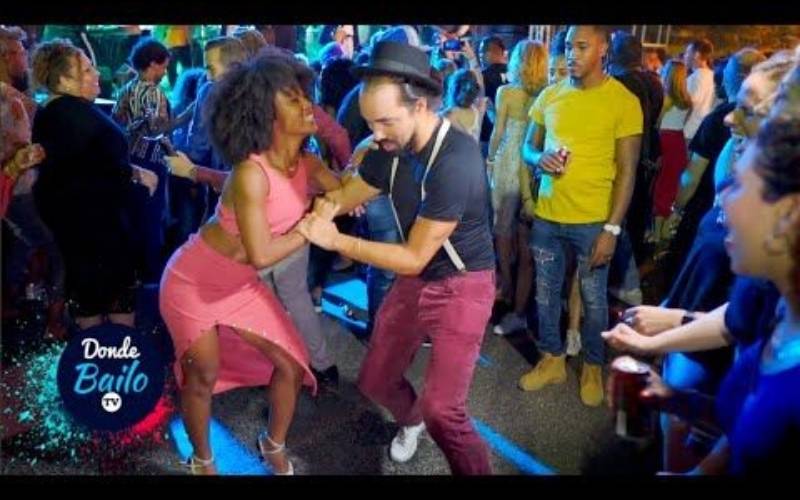
A new, faster-paced variation of Cuban son-derived salsa that has become the country’s most popular sound. It incorporates African ethnic dances and rhythms such as rumba, as well as rap and reggae.
Their Traditional Instruments Are an Array of Diversity
Cuban instrumentation is marked by African and Spanish influences. Both groups of migrants carried instruments that were widespread in their home countries; the percussion section is primarily made up of African instruments, while the pitched instruments are mostly Spanish.
The African instruments include:
Congas
Congas which are deep hand drums that are similar in size to djembes but have a much more “round” and less ringing tone. The conga player creates a wide range of sounds by striking the drums with various hand techniques, ranging from high-pitched cutting slaps to low-pitched thumping palm strokes.
Congas occur in a variety of sizes, and the names of these drums vary based on the type of music they’re performing. The smallest drum is called the quinto (and is played by a soloist who plays spontaneous phrases), the middle-sized drum is called the tres golpes, and the largest drum is called the salidor in guaguancó (a rumba subgenre).
Bongos
Bongos are a pair of miniature hand drums joined by a piece of wood (typically up to 10). In a lot of Cuban music, the bongocero (bongo player) will also play a huge, low-pitched cowbell throughout specific passages of the song.
The macho (man) is a small, high-pitched bongo, whereas the hembra (female) is a huge, lower-pitched bongo (female).
Shekere

Shekeré which is a huge hollowed gourd with beads that is shaken to produce a deep, low-pitched shaker sound. The shekeré frequently outlines the initial beat of each bar or phrase in rumba music.
Guiro
Güiro is a smaller gourd with grooves around the edge. With a little stick, the guiro player scrapes the guiro. Moreover, claves are a pair of small, thick wooden sticks hit together to make a distinct, piercing tone that the rest of the band must hear.
A Cata is a hollowed-out tree that is tapped with sticks to make a gentle woody clicking sound.
Bells
Cowbells of varying sizes. Different kinds of music use different sized bells. The cowbell used in chachachá, for example, is little and has a very high pitch, whereas the cowbell used in abakua (named “ekon”) is larger and has a lower pitch.
Bata
Batá – rumba music’s double-sided hand drums. The batá are extremely spiritual instruments that are normally only played by those deemed honorable among the santera (Afro-Cuban religion).
Timbales
Timbales which are possibly the only Cuban percussion instrument with no direct African connection. Timbales are a pair of single-headed metal drums (typically steel or brass) with a high-pitched cutting tone that are played with long, thin wooden sticks.
The timbales, like the bongos, are made up of a macho and a hembra drum. During fills or solos, the timbalero (timbales player) normally plays the shell of the drum and the drum heads.
Guitar

Guitar – a six-stringed instrument that is popular in Spain. Unlike modern acoustic guitars, which typically employ steel strings, Spanish guitars use a blend of steel and nylon strings.
Tres
Tres is a three-stringed guitar-like instrument that is popular in son music. The tres player performs a rhythm known as a montuno, which is a syncopated melodic phrase that defines the piece’s clave and harmonic structure.
Double Bass
The double bass is a common stringed instrument in Europe. The bassist in Cuban music plays a tumbao pattern, which foreshadows the harmony of the next bar by playing on beat 4, the beat before the chord changes.
Enjoy listening to these types of music with your special someone.
KEY TAKEAWAYS ...🛪
It is possible for musicians and vocalists of any genre or language to learn from the history of Afro-Cuban music that there is much more to this profession than what is immediately apparent to the naked eye.
When one enters this role, they become an interpreter as well as a bridge to another world, both in the past and the present. In order for the artist to receive a gift that may be shared with others, the artist must first devote themselves and make sacrifices.
In order to make an impression and achieve success that will last, it is essential for musicians to disassociate themselves from the idea that they should prepare themselves for a volatile market.
